Name Robey Leibbrandt Role Boxer | ||
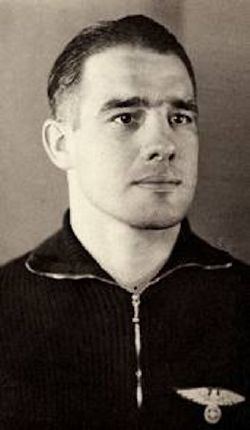 | ||
Died August 1, 1966, Ladybrand, Free State, South Africa | ||
Sidney Robey Leibbrandt (born 25 January 1913 in Potchefstroom, Transvaal – 1 August 1966 in Ladybrand, Free State province, South Africa), who was led by the German military intelligence under the pseudonym "Robert Leibbrand", was a South African Boer of German and Irish descent. Leibbrandt was an Olympic boxer and later a German secret agent and activist against the British influence and political power within South Africa.
Contents

Family

Leibbrandt was the third of six children, his father was Sergeant Major Meyder (Meider) Johannes Leibbrandt. Leibbrandt senior fought with Jan Smuts in the Second Boer War. Later he wanted to become an officer in the South African Army, but when World War I broke out, he was ordered to invade German South-West Africa, an order he disagreed with due to his belief that "Germans should not war against Germans".
Boxing career
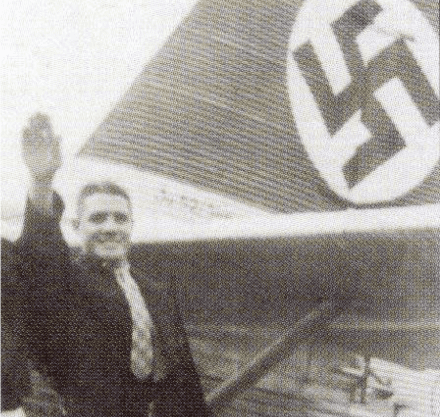
Operation Weissdorn

Following the 1936 Berlin Olympics, Leibbrandt returned to Berlin in 1938 to study at the Reich Academy for Gymnastics, and stayed on when war broke out. He joined the German Army, where he became the first South African to be trained as a Fallschirmjäger and glider pilot. Later other South Africans also joined the Wehrmacht. Leibbrand took a Brandenburgers sabotage training course at Abwehr II (Abwehrschool "Quenzgut") near Brandenburg an der Havel, west of Berlin. In 1940 Leibbrandt had a son by a German woman (Bernd).
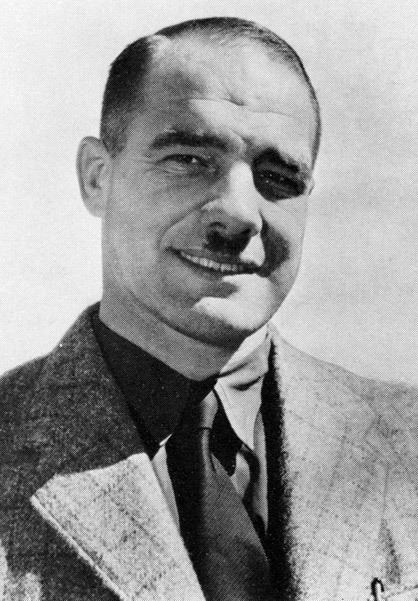
Admiral Wilhelm Canaris ordered Operation Weissdorn, a plan for a coup d'état to overthrow the government of General Jan Smuts, who had led South Africa into the Second World War on the side of the Allies. Leibbrandt left Germany on 5 April 1941. In June 1941, under the code name Walter Kempf, Leibbrandt was dropped on the Namaqualand coast north of Cape Town by a boat under the command of an Abwehr agent Christian Nissen. The Operation Weissdorn was one of the most successful clouded in secrecy enterprises (German: Kriegsfahrt) of the Geistersegler. He made contact with a pro-German movement, the Ossewabrandwag, but the leader, Johannes Van Rensburg, was unsympathetic.
Capture and imprisonment
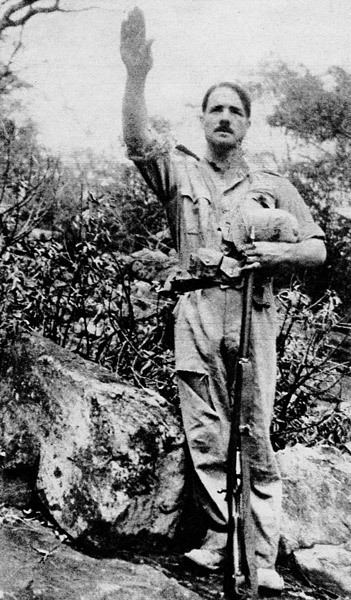
Leibbrandt's 60 fighters kept the British in South Africa on high alert. After a fire fight with soldiers in the fall of 1942, Leibbrandt went on the run and evaded the police until he was arrested in Pretoria at the end of December 1942.
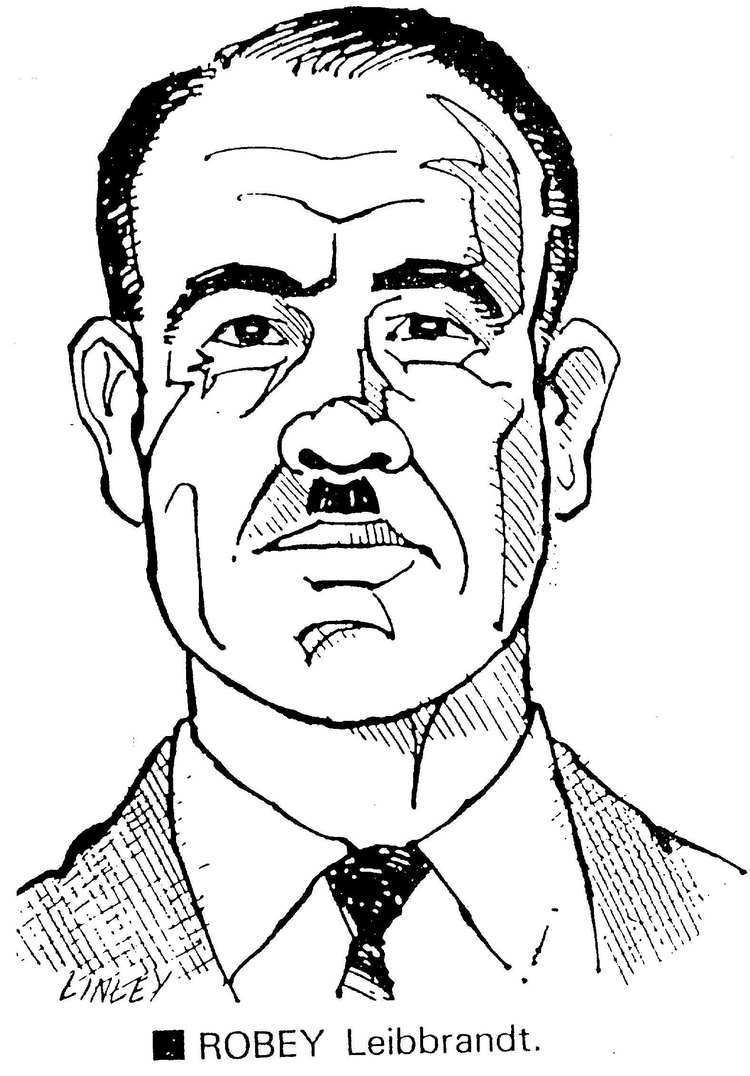
On 11 March 1943 Leibbrandt was sentenced to death for high treason. His sentence was commuted to life imprisonment by General Jan Smuts, who had great sympathies for the Leibbrandt family, in the same year. In 1948, Leibbrandt was released in an amnesty of war offenders by the newly victorious National Party government under Daniel François Malan, which had opposed South Africa's entry into World War II on the side of the Allies and wanted to remain neutral. Leibbrandt left the prison and was greeted by crowds as a "folk hero".
Leibbrandt remained politically active in his later life, founding the Anti-Communist Protection Front in 1962, and producing a series of pamphlets titled Wake up South Africa. He died on 1 August 1966 after a heart attack.
